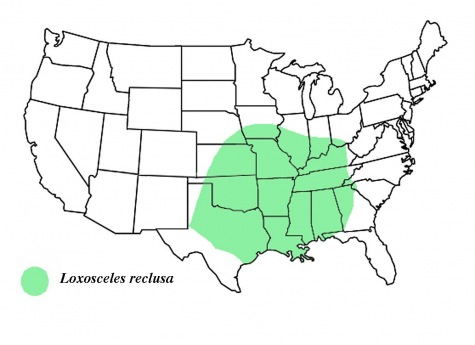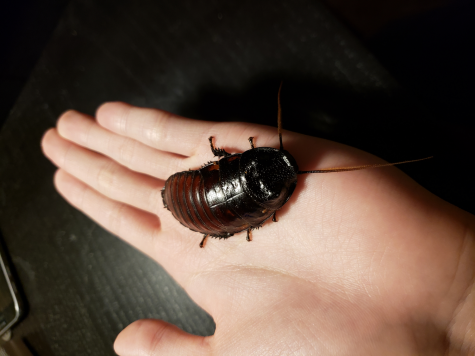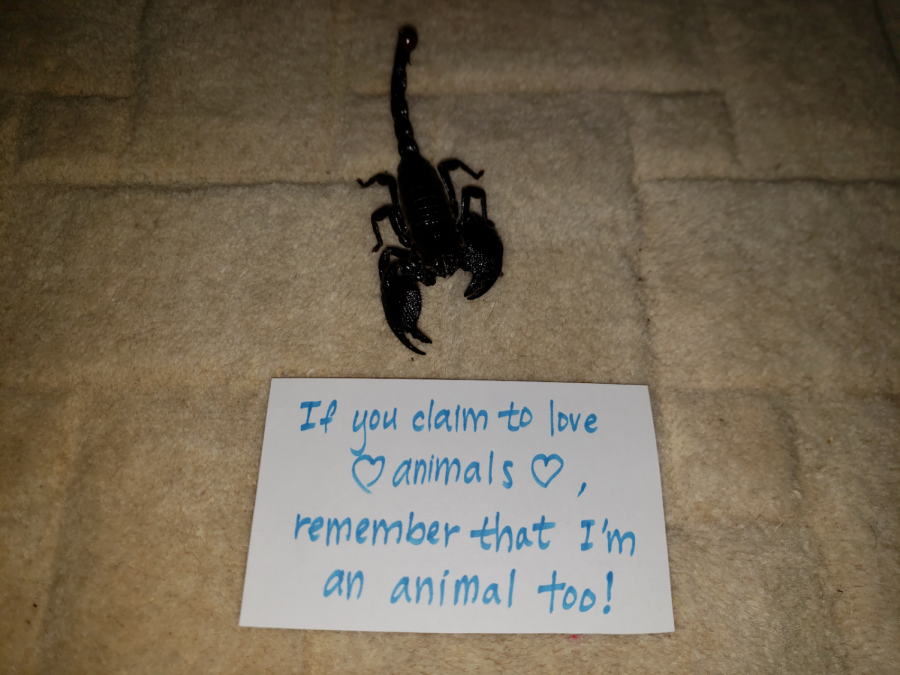Bugs: Where are their Animal Rights?
A lot of insects and arachnids often get a bad rep and are subsequently squashed, but do they deserve this? Most of these fears towards these animals stem from urban legends or their strange alien-like looks, but the overwhelming majority of them are harmless, or even beneficial to humans. We should seek to spread accurate information about these uniquely beautiful creatures that share the world with us and squash the stigma regarding them instead.
Perhaps the creature that tops the list of the most misunderstood animals is the spider. Spiders are often portrayed as these “poisonous” beasts who want to chase you and bite you. But in reality, they want to live their lives, eating insects, and are way more afraid of you than you are of them.
The misconceptions are likely due to an abundance of horror stories involving getting bitten by a black widow or brown recluse that causes people to generalize all spiders as highly venomous animals to fear. In reality, black widows and brown recluses are the only two spiders in the continental US whose bites have the potential to be medically significant. But neither of these two should be feared as much as they are.

Both of these spiders have zero interest in trying to bite you. Their fangs are so small they have almost no capability of biting you unless pressed against your skin. Most bites occur while indoors and as a defense mechanism to being crushed.
Despite this, there are hundreds of “brown recluse” spider bite cases in the US each year, but at least 80% of them are false reports. “Brown recluse bite” has almost become medical shorthand for any unknown sore or lesion on the skin. Believe it or not, doctors will often misdiagnose; they are not entomologists or arachnologists. Surprisingly, most brown recluse bite reports come from California, a region where the brown recluse doesn’t even exist. It goes to show how blown out of proportion the fear of spiders is.
The user nickkrueger99 on Instagram has a post disproving the misconceptions of aggression regarding these spiders:
And Youtuber Jack’s World of Wildlife made a video where he purposely gets a brown recluse to bite him, showing how the vast majority of bites are harmless and just how much these spiders will try to avoid having to bite you:
Apart from the black widow and the brown recluse, spiders in the United States are entirely harmless to humans and even beneficial. They aren’t monsters and will rid your house of common pests such as cockroaches and mosquitoes. Next time you find one of these harmless creatures in your home, I encourage you to either leave them alone or use a cup to catch and release them outside.
And that brings us to cockroaches, another criminally misunderstood animal. There are about 4,500 cockroach species in the world, but only 30 of them are considered to be pests. Yet cockroaches as a whole are thought of as dirty, disease-carrying insects when the vast majority of roach species are very clean and live in our forests as a very important decomposer.
I keep two roach species, one as a pet and the other as feeders for my arachnids. People usually look at me in judgment when I tell them that because most people hear “cockroach” and think of the gross pest roaches that infest their homes.

But most cannot infest your home and are very social animals. We should learn to not discriminate against all of one type of bug because of a few particular species that may be harmful. Not all roach species are dirty disease-carriers because of four dominant pest roach species; not all spiders are dangerous venomous beasts because the black widow and brown recluse exist.
Bugs do not get the same “animal rights” as other animals. One particular news story opened my eyes to this issue:
Just this summer, on August 8th, an abandoned Surrey, British Columbia home, was seized by officers. Inside the house were around 2,000 specimens of spiders, scorpions, and turtles believed to be part of the pet trade. The town of Surrey, British Columbia has a ban on keeping all venomous animals, so the tarantulas and scorpions found inside the home were illegal.
But instead of adopting out these animals to the large community of exotic pet keepers in other nearby towns and cities that do not ban venomous animals, near 2,000 tarantulas and scorpions (and hundreds more of spiderlings and scorplings) were destroyed.
If hundreds of dogs or cats were found to be neglected in a town where they are illegal, I can say with certainty that they would have been adopted out to loving owners or organizations. There would be outrage over hundreds of dogs being euthanized. But since they were invertebrates, they were given no chance to live out the rest of their life.
These were animals that could have lived upwards of 20 years in captivity. Instead, they were destroyed. Tarantulas, scorpions, and other insects are just not seen by most people as animals with a life and personality. They’re “just bugs” after all.
The stigma needs to change. I’m not asking you to be completely accepting of bugs and allow them to roam free in your home. I hope to see bugs be more socially accepted as animals and respected. Think twice before you squash that bug next time.
Your donation will help support The Lambert Post, Lambert High Schools student-run newspaper! Your contribution will allow us to purchase equipment and cover website hosting costs.













